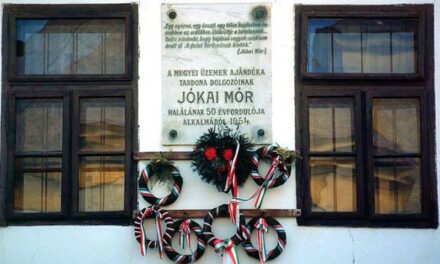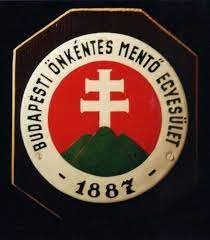Today at 18:00 the opening of the exhibition "Nagylátószög - 120 years of Hungarian film" will be held, organized by the Film Archive of the Hungarian National Film Institute, in the Ludwig Museum in Budapest until November 14! Csaba Káel, the government commissioner responsible for the development of the motion picture industry, will also address the event.
The first Hungarian film with staged scenes, A tánczo, was shown on April 30, 1901, at the Uránia Science Theater in Budapest. We consider this date to be the birthday of Hungarian film. 120 years have passed since then, a long and turbulent period, the achievements, values and challenges of which are worth looking back on from such a perspective. The exhibition organized on the occasion of the anniversary offers a broad overview of the history of Hungarian motion pictures from the beginning to the present day.
The history of the Hungarian motion picture is characterized by its diversity, its diverging, connecting and then diverging paths, in the development of which history plays just as much a role as innovative intentions and ideas. The purpose of the exhibition is to provide a comprehensive picture of the past and present of the Hungarian cinematography and film industry, which has been an important area of our culture from the very beginning. It invites the visitor on a special journey, which leads from the birth of the film, through the silent film era and the invention of the sound film to the present day. The masters of different periods and the great classics appear here, but next to them there are now forgotten works that are nevertheless decisive from the point of view of film history. The creative process, production technology and the experience of watching movies are an equally important part of this world, so the exhibition opens up space for these topics as well. It also provides an insight into the lives of Hungarian-born artists who have made international careers and who have also made their mark in world cinema.
The exhibition invites you to an adventure that highlights the richness of Hungarian film history and the nature of cinematography that connects time, space and cultures, and encourages you to talk about it with its material.
Source and featured image: NFI-Filmarchivum












